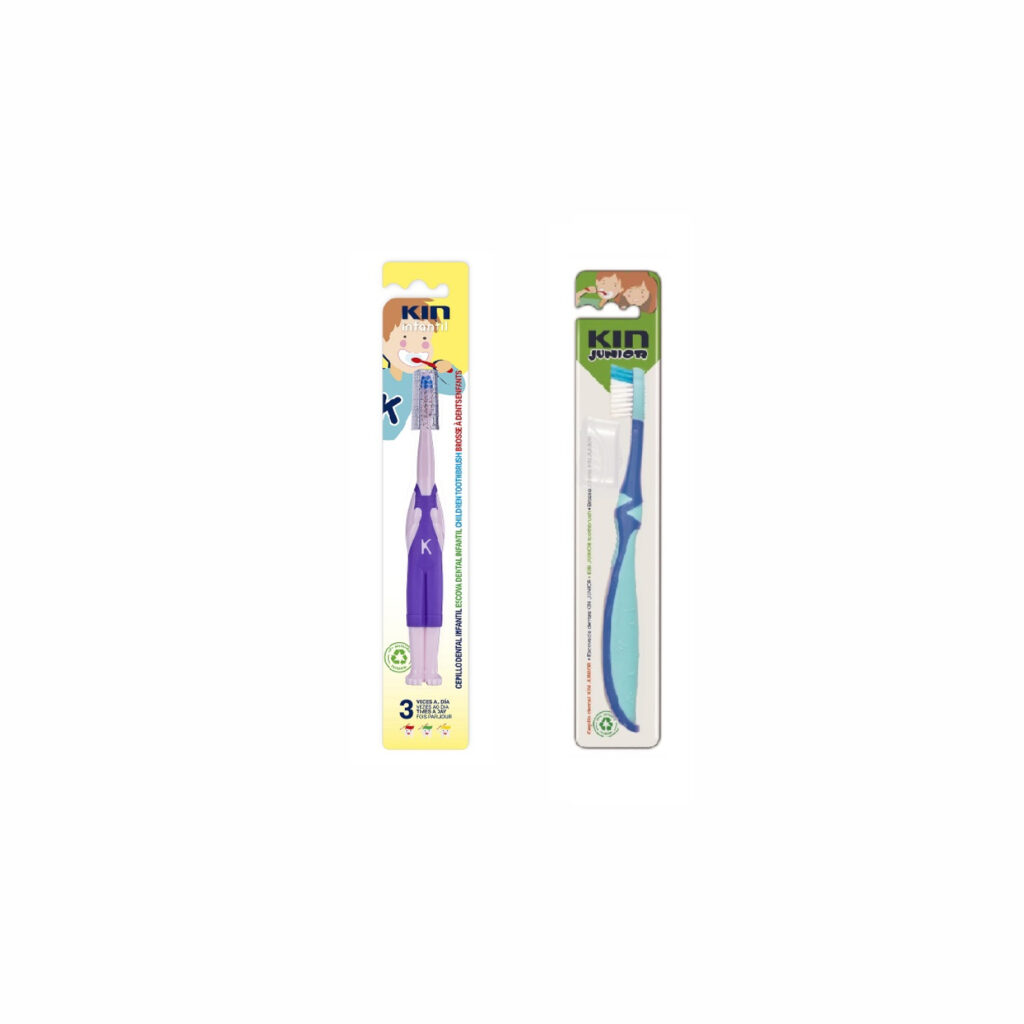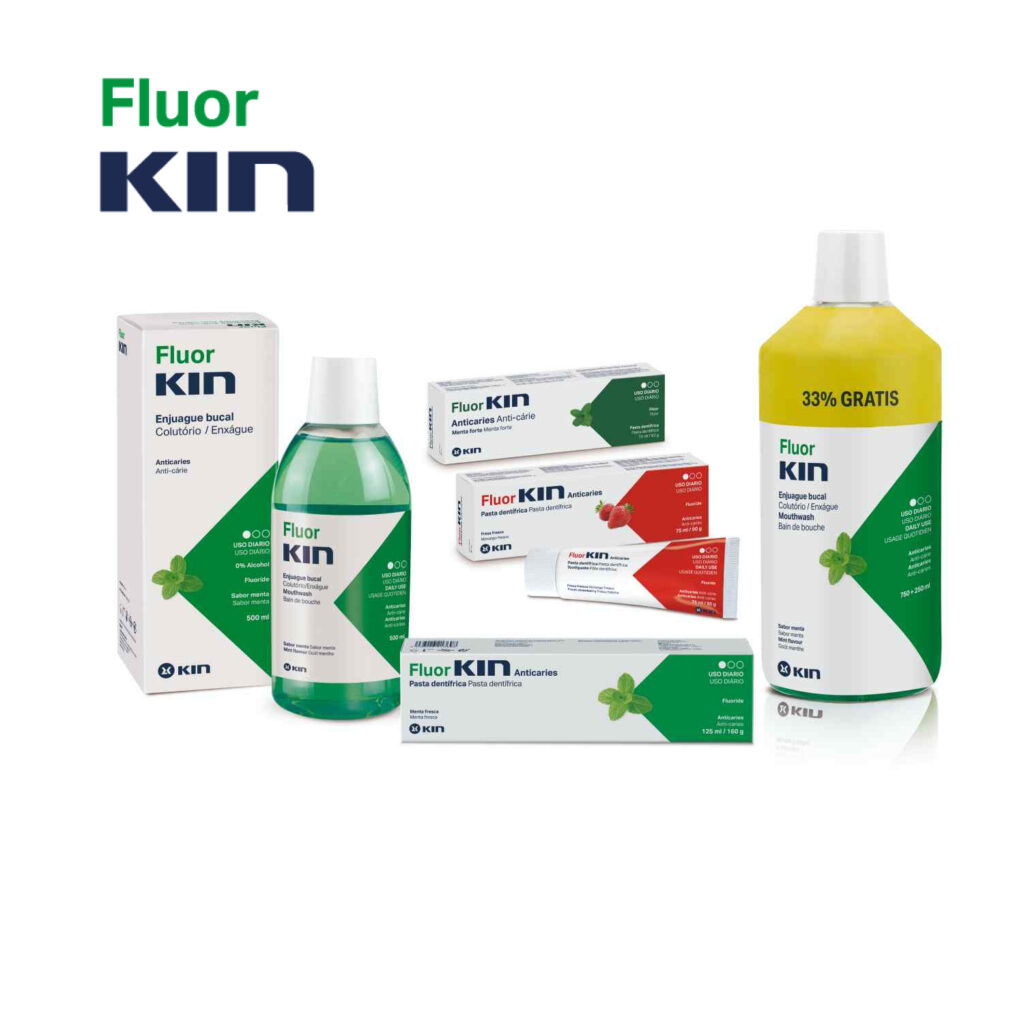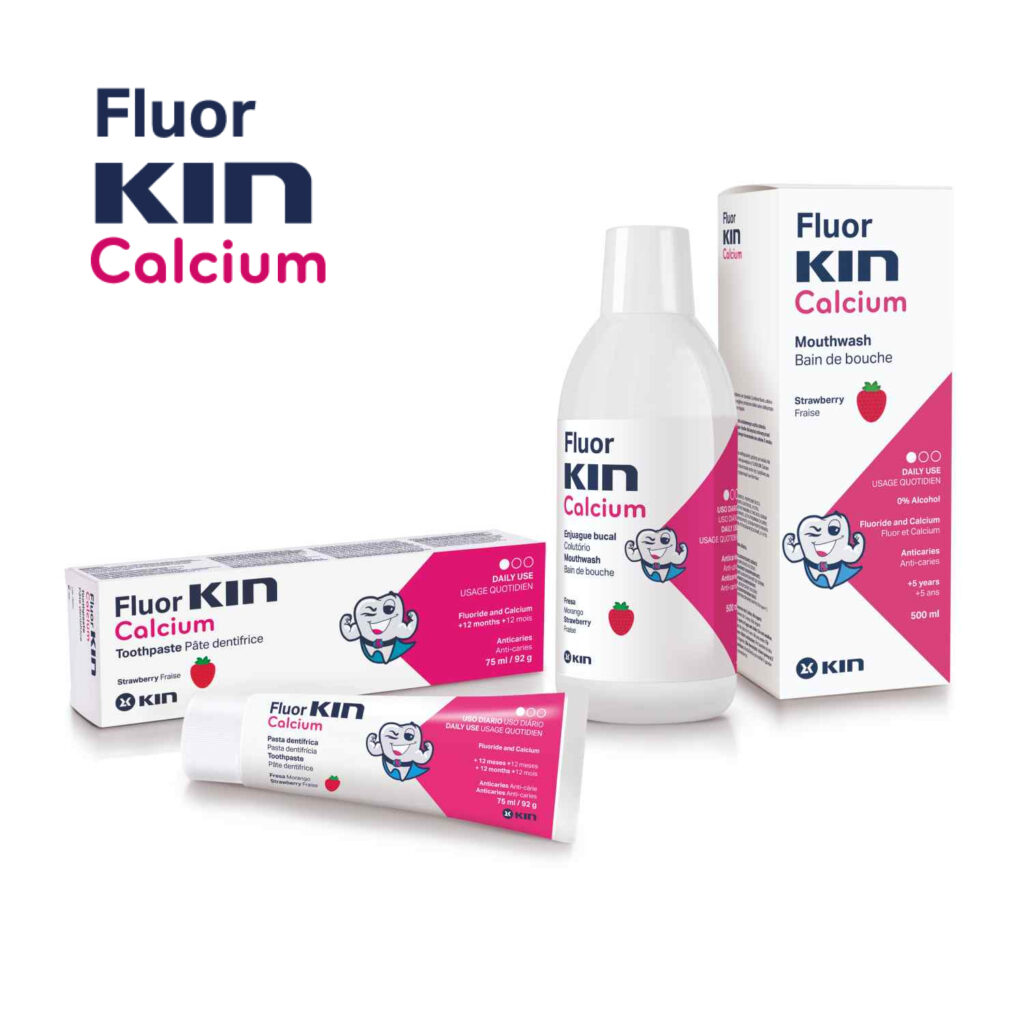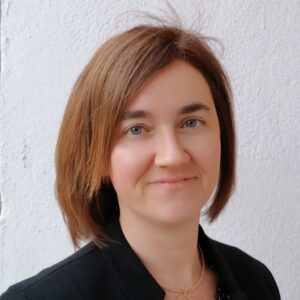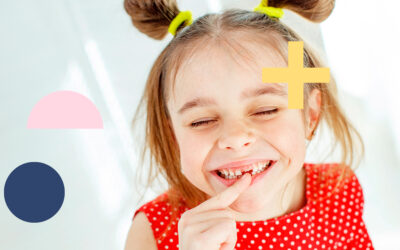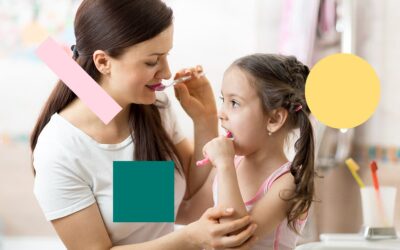From before the eruption of the first milk teeth, children, as well as adults, must follow a correct oral hygiene.
While during their first years of life, the responsibility for children's oral hygiene lies with their parents or guardians, children should learn to brush their teeth after every meal as early as possible.
Sometimes, dental hygiene in children goes unnoticed or is not carried out correctly. We give you the guidelines to establish the best daily routine for the whole family at home.
Why is dental hygiene important for children?
Just as important, if not more so, than caring for the permanent teeth, is maintaining proper hygiene of children's proper hygiene of children's gums and baby teeth.. Maintaining a healthy mouth from infancy is essential for the overall health of children.
Children are also at risk of tooth decay and other oral problems. This can directly directly affect the eruption of permanent teeth, leading to infection that progressively spreads to the gums and periodontal tissue.leading to infection that progressively spreads to the gums and periodontal tissue.
Another important aspect to bear in mind is that it is much easier for children to acquire habits when they are used to doing certain activities from an early age. It is never too early to learn how to take care of teeth and gums. In this way it will be easier for them to keep up the good practices for life..
When to start a dental hygiene routine?
Children's dental hygiene routine should begin before the baby teeth appear.
When they are babies, it is enough to wipe the gums with a cloth soft or a gauze dampened with water.. With the eruption of the first milk tooth, between 6-12 months, it is recommended to incorporate toothbrushing into the daily routine.
Up to the age of 6 or 7, it is advisable for parents to be in charge of brushing their children's teeth, or to supervise how they do it. Once they have learned to do it, they will have no problem doing it on their own.
How to create a dental hygiene routine for children
Children's dental hygiene routine is different from that of adults. Children need specific specific oral care products and accessories, which vary with age andThese vary with age and as children become more independent.
Want to encourage your little ones to brush their teeth every day? Get a good children's toothbrush and a pleasant tasting toothpaste.
Choosing a good children's toothbrush
The toothbrush is the great ally in children's dental hygiene routine. Children's teeth are smaller than adults', and in order to properly brush their little mouths and reach all the nooks and crannies, the toothbrush must be made to fit them.
Children's toothbrushes are softer, with an easy-to-grip handle.. The brush head is also smaller, changing shape as they get older and their first permanent teeth start to come in.
The KIN Children's toothbrush features extra soft filaments with rounded tips to avoid damaging the enamel of baby teeth and children's delicate gums. From 6 years and up to 12 years of age, the KIN Junior KIN Junior toothbrush toothbrush is better adapted to little ones, with an ergonomic handle so they can start using it on their own.
Choosing the right children's toothpaste
Along with toothbrushes, children's toothpaste is another essential part of a correct dental hygiene routine for children.
According to the recommendations of paediatric dentists, the type of toothpaste and the amount of product used for oral hygiene vary according to the age and needs of each child. They are as follows:
Children from 0 to 3 years old
According to the Spanish Society of Paediatric Dentistry, from the eruption of the first milk tooth, it is possible to start using toothpaste with a toothpaste with a content of fluoride of 1,000 ppm F- –in an amount equivalent to a grain of rice.
FluorKIN Calcium is a toothpaste that provides calcium and fluoride to protect and promote the growth of healthy baby teeth.
The way to use the toothpaste will be through daily toothbrushing, which should be done by an adult with the help of a small-headed toothbrush such as a brush with a small brush head such as the KIN Children's Toothbrush. When finished, it is important to rinse the child's mouth to remove any remaining toothpaste, as the baby will not yet be able to spit out on its own.
Children from 3 to 6 years old
From the age of 3 years onwards, the amount of toothpaste with 1,000 ppm F amount of toothpaste with 1.000 ppm F- – will vary to the size of a peausing a children's toothbrush with a small brush headand always under adult supervision.
From 6 years of age
At over 6 years of age, children can brush their teeth unaided, spitting out the toothpaste residue to avoid swallowing the toothpaste. This is when children should use toothpaste with a content of 1,450 ppm F fluoride - –, such as the products in the FluorKIN Junior.
Other dental hygiene accessories for children
Brushing alone will not completely eliminate the microorganisms responsible for plaque formation in the mouth. In addition to the toothbrush and toothpaste, children from 6 years of age can also use other oral hygiene items such as dental rinses and dental floss. Take care of your little ones' smiles with our line of children's products.
Discover our children's oral care products

KIN's range of child care products includes mouthwashes for children of different ages. The FluorKIN Infant rinse is indicated for children from 5 years of age, as a complement after brushing.
From the age of 5 years onwards, it is also possible to use the from the FluorKIN Calcium line can also be used.. Enriched in calcium glycerophosphate, it remineralises teeth during critical periods of development.
For older children between the ages of 6 and 12 the Mouthwash KIN Junior has a pleasant mint flavour soft. This daily rinse remineralises teeth and fights plaque, leaving a refreshing taste in the mouth.and leaves a refreshing taste in the mouth.
Tips for good dental hygiene for children
If you find it hard to get your children into the habit of brushing their teeth after every meal, there are a few tips you can put into practice:
- Lead by exampleFollow a daily dental hygiene routine, and make it a time to share with your family.
- Play musicChoose your children's favourite song and play it during brushing. If the song lasts at least 2 minutes, they will be doing the minimum time to clean their teeth and gums.
- Use an appEncourage your kids to get into a routine by scheduling it into their daily chores. There are many apps to help kids have a blast while brushing, so they have no excuse to do it every day.
Every child is different, and we can all follow a tailor-made oral hygiene routine. The important thing is that this becomes a regular activity, to be carried out throughout life.

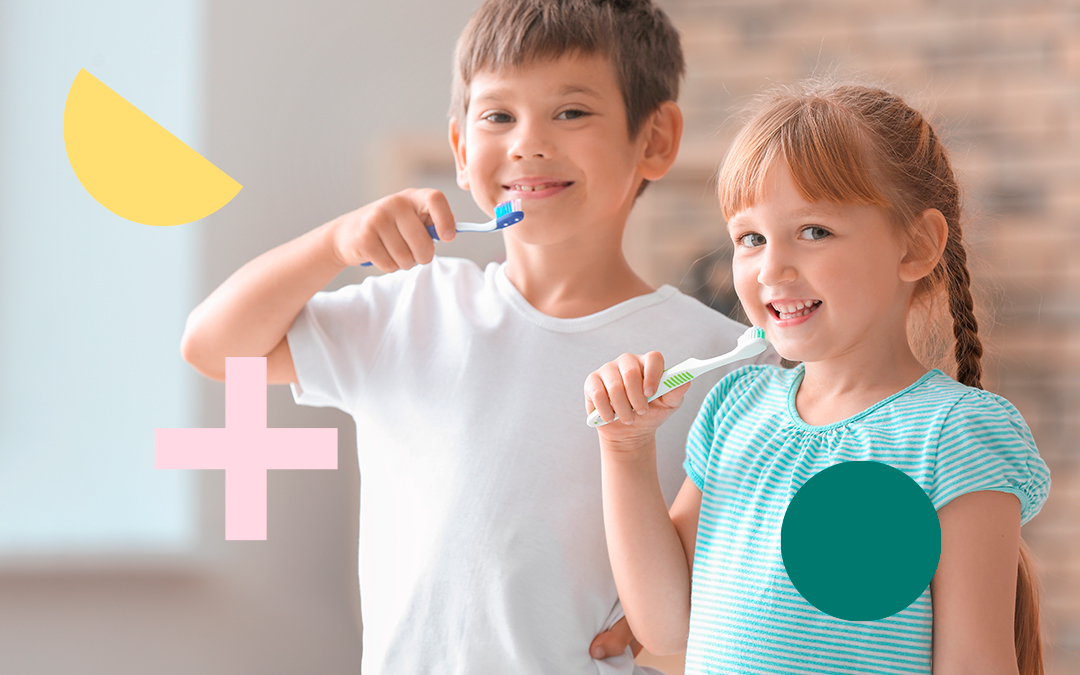
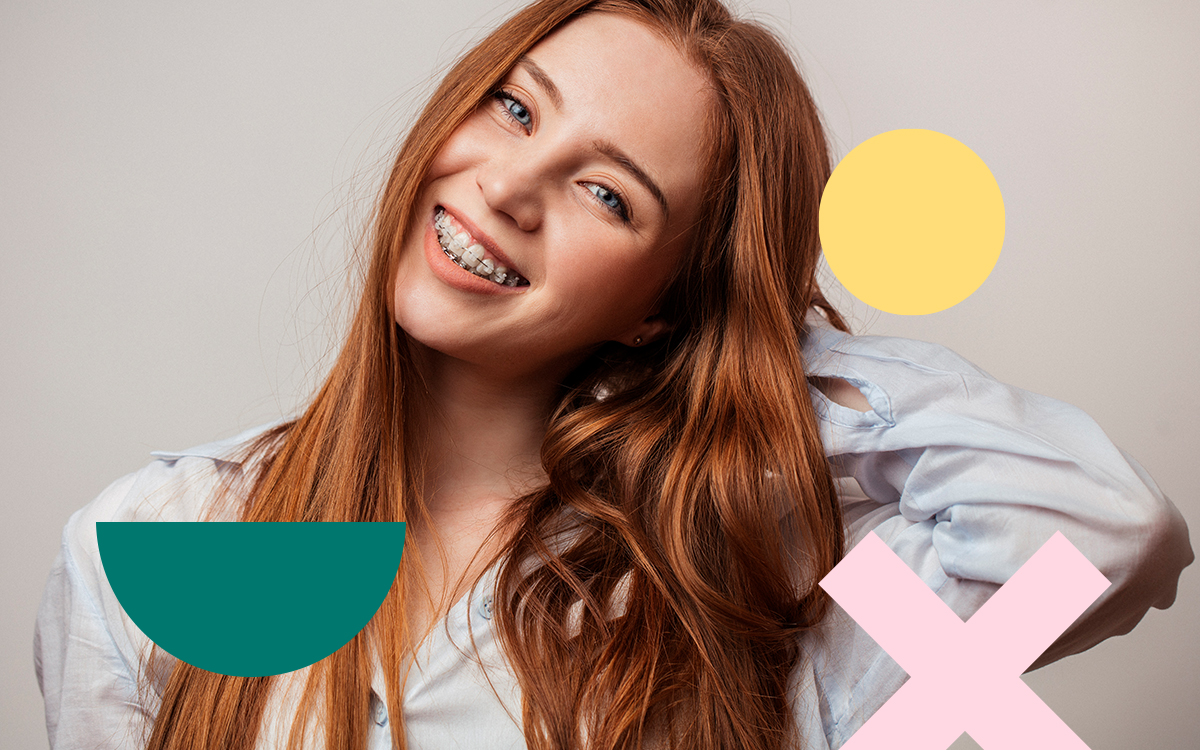 How to relieve pain with newly placed braces?
How to relieve pain with newly placed braces? How to keep your breath fresh?
How to keep your breath fresh?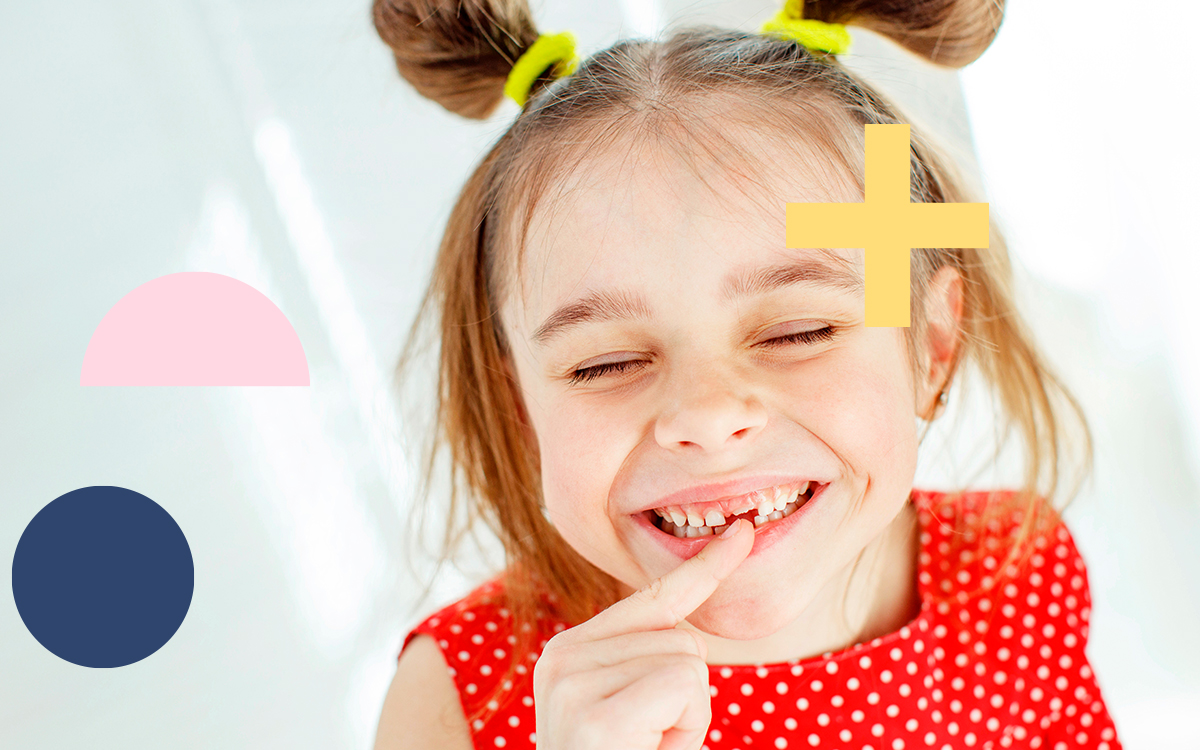 10 Tips to take care of the oral health of the little ones
10 Tips to take care of the oral health of the little ones